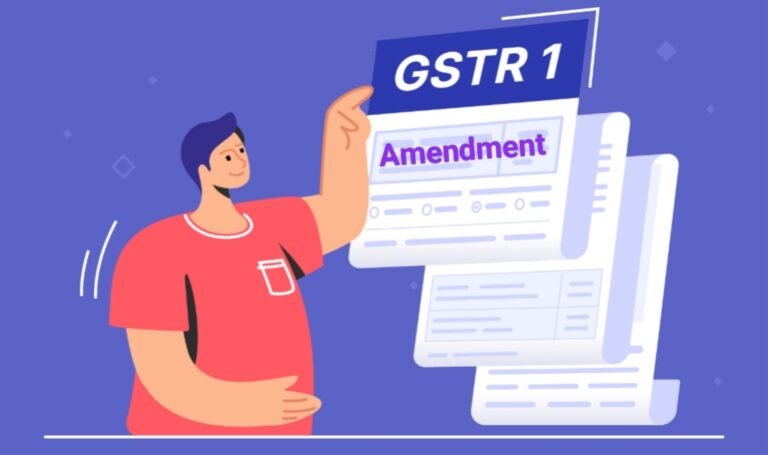In the process of filing GSTR-1, taxpayers often make unintentional errors such as leaving certain tables blank or missing key details. One common issue arises when no value is entered in Table 14, which relates to tax liability adjustments through debit or credit notes. Since GSTR-1 is a statement of outward supplies, any omission in this table can affect the accuracy of tax reporting and reconciliation with GSTR-3B. However, once a return is filed, direct editing is not allowed, and taxpayers must use the amendment facility or make corrections in subsequent periods. Understanding how to rectify such omissions is crucial for maintaining compliance and avoiding mismatches or penalties.
🔹 Why this happens
- Table 14 is auto-linked to credit/debit notes and depends on invoice-level data.
- You cannot directly enter new values through “Amendment” unless the original document exists in the previous GSTR-1.
- If you did not report the original debit/credit note or adjustment at all, there’s nothing to amend—you must add it as a fresh entry in the current period’s GSTR-1.
✅ Solution Options
Option 1: If you missed reporting the document completely
- Add the missed credit/debit note (or adjustment) as a new entry in the current month/quarter’s GSTR-1.
- Go to GSTR-1 → Credit/Debit Notes (Registered/Unregistered).
- Enter the original invoice reference and details.
- The system will automatically update Table 9B / 14.
- Mention in your GSTR-3B of the same month that the liability pertains to an earlier period.
- If the customer already took ITC, communicate so they can match it.
Option 2: If the document was reported but value was wrong or nil
- Go to GSTR-1 → Amendments → Credit/Debit Notes (Registered/Unregistered).
- Choose the original period and note number you want to amend.
- Enter the correct taxable value, tax rate, and amount.
- If the portal still doesn’t allow you to enter values, it means the original entry is missing or invalid.
- In such case, you must re-report it as a fresh document (Option 1).
Option 3: If the period is locked or too old
If the financial year is closed or the return filing window is over for that period:
- You cannot amend that period now.
- Instead, report the missing values in the current period as “Current adjustment for earlier period”.
- Maintain a working paper or reconciliation note explaining the correction in case of future audit.
🔹 Important Notes
- GST portal allows amendments only once for a document.
- Amendments can be done up to November 30 following the end of the financial year (as per Section 37(3) of the CGST Act).
- Any missed liability must be paid with interest (if applicable) in GSTR-3B.
🧾 Example
If you forgot to report a credit note of ₹10,000 for March 2025:
- In October 2025 GSTR-1, go to “Credit/Debit Notes (Registered)”.
- Add that credit note now — the system will populate it in Table 14 automatically.
-
Report the adjustment in October GSTR-3B too.
